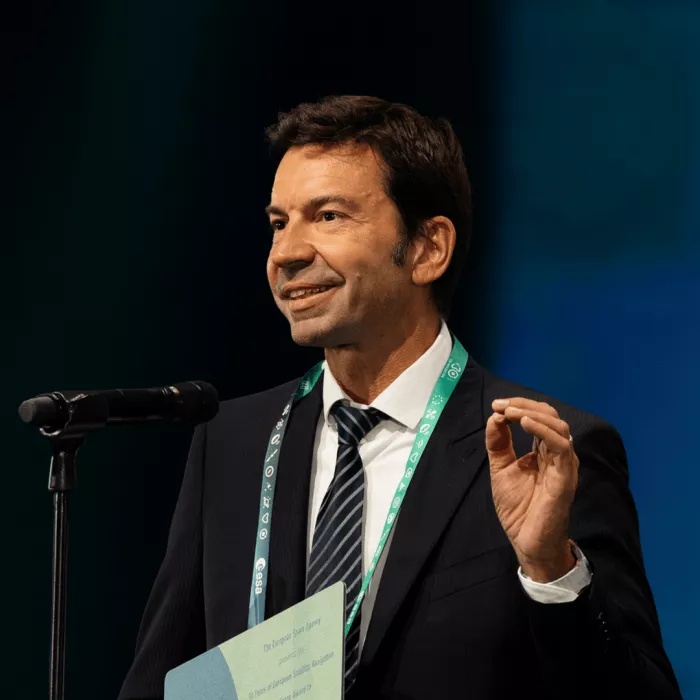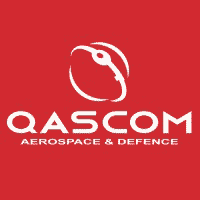
Terms and conditions of use of images and videos
available on the esa website > Photolibrary for professionals
Direction Moon: From Earth to the Moon with GNSS

Terms and conditions of use of images and videos
available on the esa website > Photolibrary for professionals
Abstract:
The Lunar GNSS Receiver Experiment (LuGRE), a joint payload of NASA and the Italian Space Agency (ASI) on the Firefly Blue Ghost Mission 1 (BGM1), has successfully demonstrated the feasibility of GNSS-based positioning, navigation, and timing (PNT) at the Moon.
LuGRE collected GPS and Galileo signals during transit from Earth to the Moon, in lunar orbit, and even from the lunar surface. On February 19, 2025, it achieved the first-ever GNSS navigation fix in lunar orbit, with a position accuracy of about 1.5 km and velocity accuracy of 2 m/s at a distance of 63 Earth radii. Following the landing of the Blue Ghost 1 lander in Mare Crisium on March 2nd, 2025, LuGRE also acquired GNSS signals directly from the lunar surface which marked the first GNSS-based positioning on the Moon.
Biography:
Oscar Pozzobon is co-founder, President, and CEO of Qascom. He holds a degree in Information Technology Engineering from the University of Padova, a Master’s in Telecommunication Engineering from the University of Queensland, and a PhD in Aerospace and Satellite Applications from CISAS, University of Padova.
With more than 20 years of experience in space, satellite navigation, and cybersecurity, he has contributed to programs with the European Space Agency (ESA), the Italian Space Agency (ASI), NASA, the European Union Agency for the Space Programme (EUSPA), and the European Commission (EC). Between 2001 and 2015, he pioneered early concepts of GNSS authentication, contributing to the design and development of two of the five Galileo services. He also supported the verification and validation of the first Galileo IOV and FOC satellites in collaboration with Thales Alenia Space.
Since 2021, he has been involved with NASA and ASI in the first Italian lunar mission. For his contributions to satellite navigation, GPS World magazine named him among the “50 Leaders to Watch” in the space industry. Most recently, he was honored at ESA’s celebration of 30 Years of European Satellite Navigation for his pioneering role in the field.
Remote connection
Zoom info to be requested to dn_sst@unitn.it
